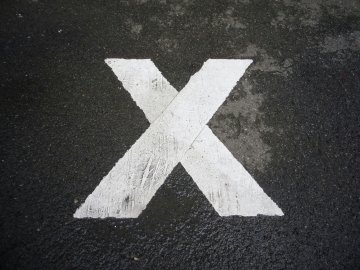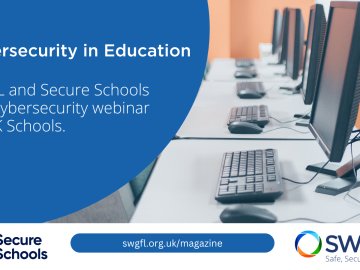SWGfL has recently responded to the Ofcom illegal harms consultation to voice specific concerns within the proposed regulation of the Online Safety Act. The consultation was published to detail proposals for how online platforms, specifically those that allow the sharing of ‘user-generated’ content should approach their ‘new duties relating to online illegal content.’
The consultation discusses the reasons and effects of illegal harms, advising services on how to evaluate and minimise risks, as well as identifying illegal content and outlining approaches to enforcement. These proposals are based on research conducted by Ofcom over the past three years, combined with evidence gathered through engagement with industry professionals and experts.
Protecting Against Intimate Image Abuse
From the extensive work that SWGfL has done in protecting individuals across the world against intimate image abuse, we have raised that it should be a mandatory requirement for platforms allowing the uploading of user generated content to accept StopNCII.org hashes. With the implementation of StopNCII.org, any adult over the age of 18 can protect their intimate images/ videos from being shared across participating platforms using ground-breaking hashing technology which keeps user privacy intact whilst taking control away from perpetrators.
This initiative has seen immense levels of engagement since it was first released back in 2021 with nine industry partners currently utilising the StopNCII.org hash bank, working to keep non-consensual intimate image abuse away from their platforms. We feel Ofcom should recognise the impact this initiative can have and ensure all online platforms adopt it as a mandatory requirement. Without this expectation, far from improving safeguards, we fear that victims will actually have fewer safeguards as providers may race to meet the minimum requirements.
Gendered Nature of Intimate Image Abuse
We have highlighted that the guidance does not sufficiently reflect the gendered nature of intimate image abuse. Since 2015, the Revenge Porn Helpline (operated by SWGfL) has been at the forefront of documenting the devastating trends of intimate image abuse and the rise in reports which has been increasing every single year.
Our own data has shown that while men are predominantly affected by sextortion perpetrated by overseas criminal gangs, women are disproportionately affected by intimate image abuse perpetrated by people known to them. Ofcom need to recognise the gendered nature of this issue and ensure the guidance adequately reflects this.
Alternative Dispute Resolution
As our final recommendation for the consultation, we believe that this guidance would benefit greatly from incorporating an alternative dispute resolution model to provide users with the opportunity for redress where content continues to cause harm online and is not removed. From our work within the Report Harmful Content service, we have identified that normal reporting routes across some of the most well-known platforms throughout the world are often not enough to support people with getting harmful online content removed.
An alternative dispute resolution model can provide users with an alternative method for seeking out support when industry fail to take action against content that goes against community standards and does not get taken down. Our own data from Report Harmful Content has shown in previous years that we have successfully encouraged industry to take action against 87% of content that has been escalated towards our service after industry initially failed to do so.
David Wright CEO of SWGfL said:
‘‘Ofcom’s regulation of the Online Safety Act will be seen as the leading protection for users going forwards. Regulating the unpredictable and ever-changing online landscape for the UK is a momentous task that requires significant insight from those who are already working in the field. We have highlighted where the gaps are and strongly encourage Ofcom to consider their inclusion.
We are witnessing the various types of online harm people experience every single day and have been fortunate enough to be able to provide them with guidance and appropriate support. This now needs to be reaffirmed and included as part of ongoing protections in order to fully achieve what the Online Safety Act is setting out to do.’’
If you would like to read more info on the Online Safety Act, there’s some more information below.






